If you’re considering a whole house water filter that backwashes, you probably want to know more about the backwashing process.
What does backwashing involve? Why do some filters need to backwash, while others don’t? What are the benefits of backwashing, and what are the setbacks of this process?
We’ve answered all of your questions in this detailed guide.
Table of Contents
- 📤 What Is a Whole House Backwashing Filter?
- ❔ Why do Some Filters Need to Backwash?
- 🚰 What Types of Filters Use Backwashing?
- 🔎 What Does the Backwashing Process Look Like?
- 📰 What Does a Backwash Filter Remove?
- 📆 How Often do Filters Need to Backwash?
- 📑 Advantages and Disadvantages of Backwashing
- 💬 Backwash Filter FAQs
📤 What Is a Whole House Backwashing Filter?
A whole house backwashing filter is like all water filters: it cleans or purifies the water supply in your entire home, removing contaminants and improving its quality.
What makes whole house backwashing filters unique is their performance. These systems trap contaminants in a filter media. Then, when the media is saturated with impurities, the impurities are rinsed away down a drain. This refreshes the filter media and prepares it for further high-quality filtration.
There are a variety of whole house backwashing filters available today, treating a range of water quality issues. Typically, backwashing filters remove contaminants including chlorine, chloramine, iron, sulfur, and manganese.
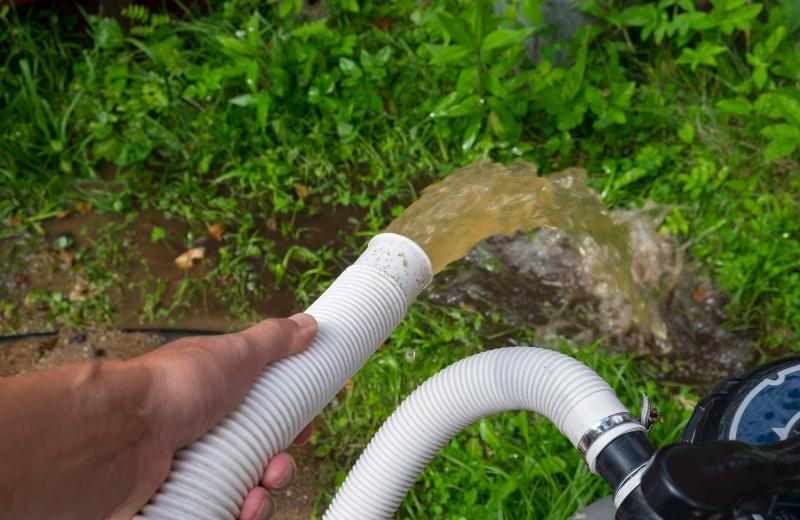
❔ Why do Some Filters Need to Backwash?
Some filters can only function with backwashing.
Without backwashing, the media bed would become so saturated with contaminants that it wouldn’t have room to collect any more. This would mean that water would simply flow through the system without being treated, and would leave containing exactly the same impurities as when it entered.
In a worst-case scenario, a filter system that didn’t backwash would become so clogged that your home’s water pressure would drop significantly. The contaminants trapped in the media could even begin to bleed into the water supply, causing extra contamination with potentially dangerous levels of impurities.
Backwashing is essential in certain water filter types to prevent these risks. As well as cleaning the media, backwashing also does the following:
- Renews the filtration capacity by clearing the impurities, preparing for another backwash filter cycle
- Maintains a steady flow of filtered water without affecting water pressure
- Prevents the accumulation of mold and bacteria inside the tank, greatly reducing the risk of microbiological contamination
- Facilitates aeration, which is important in systems that oxidize contaminants before trapping them, like air injection filters
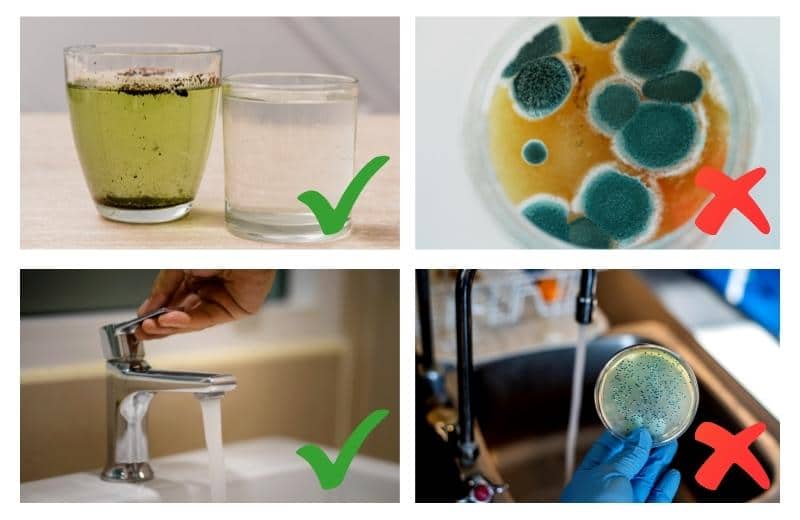
🚰 What Types of Filters Use Backwashing?
Not all filters need to backwash. If you own a cartridge filtration system, your unit won’t backwash. But the downside is that the cartridges will need to be replaced when they’re clogged, and you can’t wash the contaminants away like you can with a backwashing filter.
Some of the types of whole house water filters that use backwashing are:
Sediment Filters
There are several types of sediment backwash systems that can be used to remove large particles of sediment from water:
- Filter AG – A low-cost, accessible, widely-used filter media that removes silt and debris from water.
- Micro Z – A modifiable sediment filtration media that removes micro-sediment from 2 to 20 microns, with a long service life and high sediment filtration efficiency.
- Anthracite – A multi-layer media combining sand, garnet, and anthracite to remove small and large sediment particles, including sand granules and oxidized iron particles.
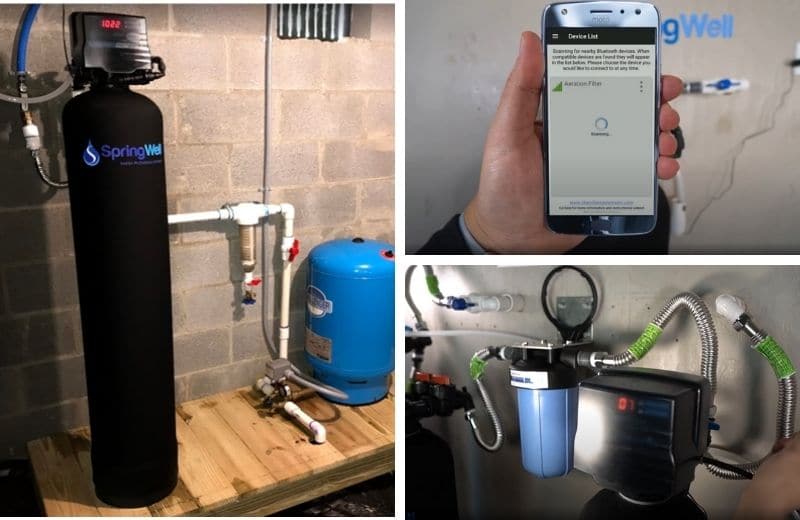
Filters Targeting Micro-Contaminants
There are a whole host of backwash filters that target micro-contaminants:
- Granular activated carbon (GAC) – An adsorptive filter that removes chemical contaminants like chlorine and chloramine, improving water’s taste and smell.
- Catalytic carbon – A modified granular activated carbon filter that’s designed to more effectively target chloramine and hydrogen sulfide.
- Bone char – A granular, porous filter made from charred animal bones, which is used to remove fluoride from drinking water.
- Greensand – A siliceous mineral often called “manganese greensand” because it’s treated with manganese oxide. Used to remove iron, hydrogen sulfide, and manganese in air or chemical injection systems.
- Birm – An alternative to greensand, an absorptive media that reduces iron, sulfur, and manganese greensand. Works best with water with a minimum pH of 6.7.
- pH neutralizer – A type of filter that neutralizes acidic water with a calcite media, adding minerals to convert it to neutral or slightly acidic water.
🔎 What Does the Backwashing Process Look Like?
Backwashing filters flush their media in a similar way to water softeners – but both units are unique from one another.
Water softeners remove hardness minerals from water, preventing them from forming limescale in your pipes and appliances. Backwashing filters target impurities like heavy metals and chemicals, treating drinking water contamination. They’re typically used to make water clean and safe to drink, rather than improving the aesthetic qualities of water – although this is a common add-on benefit to using some types of backwashing filters.
A backwashing filter system has two phases of operation: filtration and backwash. Let’s look at both stages in more detail:
Filtration
Most backwashing filters have a single large tank, called the media tank, or mineral tank. This tank contains the filter media that’s used to trap contaminants in your water supply.
Water flows through the top of the tank through a control valve. As water passes through the filter media, the unwanted contaminants are trapped in the media.
In some backwashing filter setups, the contaminants are first oxidized in an air bubble at the top of the tank, which converts them into an insoluble form that makes them easier to be trapped by the media.
By the time the water leaves the tank, all of the problem contaminants have been removed. Water is clean, pure, and safe to use around your home.
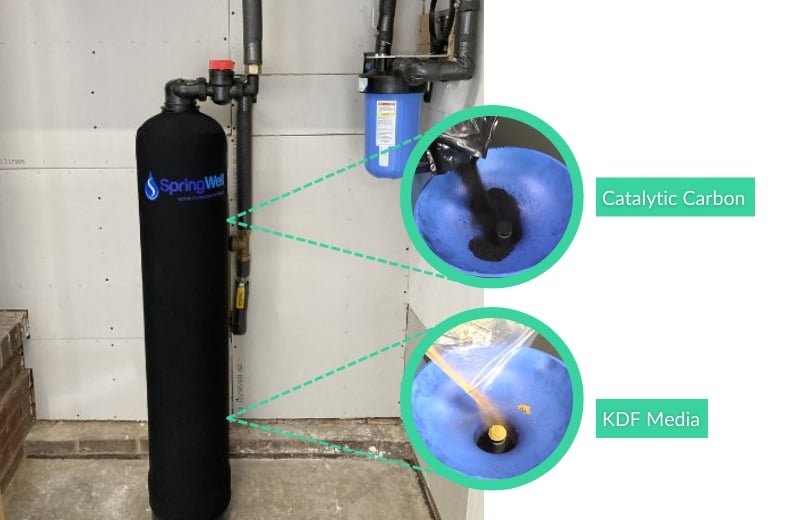
Backwashing
The backwashing stage is the second operational phase in a backwash filter. Most systems will backwash the filter medium automatically, but manual backwashing can be initiated if necessary.
During backwashing, water flows through the filter tank in the opposite direction, flushing the filter bed. This causes the media to expand, releasing the trapped contaminants.
These impurities are washed away with the water and are drained out of the tank. The media is clean and free from contaminants one more.
Backwashing usually continues for between 10 and 20 minutes. Once the backwash cycle is complete, the water flow returns to normal, and the system is ready to use again. The system will then move back into the filtration cycle.
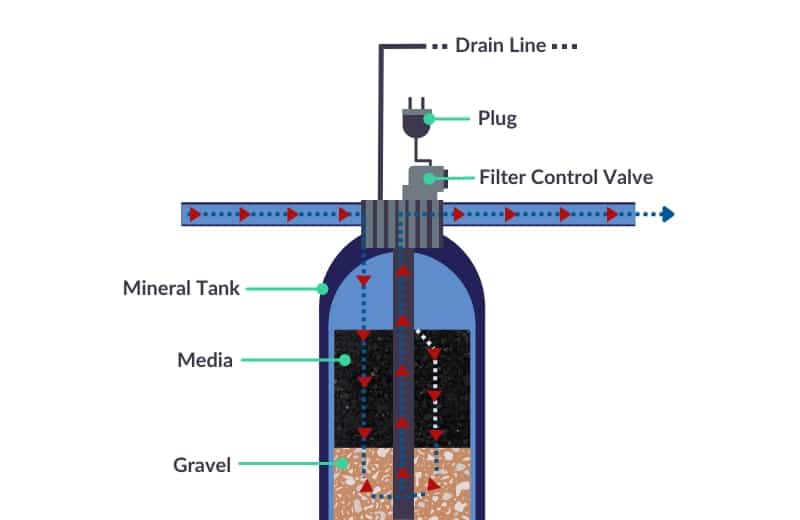
📰 What Does a Backwash Filter Remove?
Different types of backwashing water treatment filters remove different contaminants.
Some of the most common contaminants removed from a backwash filter are:
- Chemical contaminants like chlorine and chloramine
- Sediment like rust, dirt, and dust
- Heavy metals like lead
- Pesticides and herbicides
- Iron, manganese, and sulfur (hydrogen sulfide)
- Arsenic
- Radioactive contaminants
To find out exactly what contaminants a backwash filter removes, check the filter’s product description or user manual, or reach out to the manufacturer.
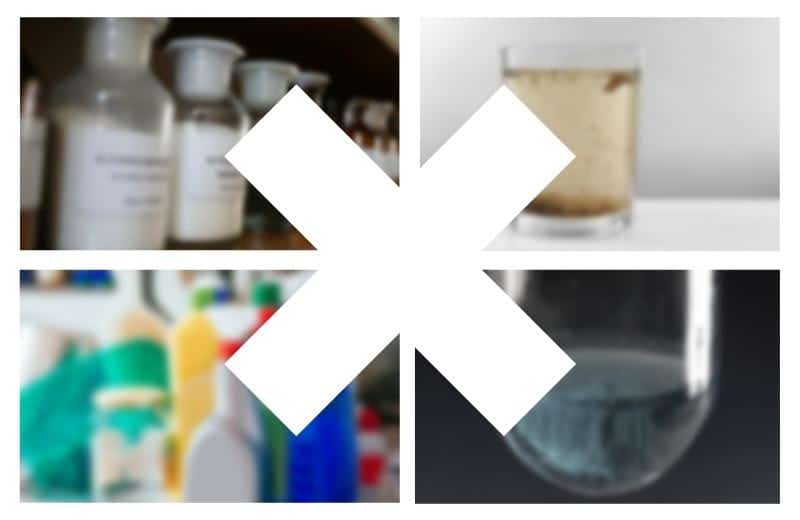
Related Reviews:
📆 How Often do Filters Need to Backwash?
We now know that filter media eventually becomes saturated with impurities, and if the filter bed isn’t periodically flushed, your water pressure will drop.
But how often is “periodically”? Is backwashing a daily thing? Weekly? Monthly?
It depends on the type of whole house water filter you have, as well as your average water usage, and the quality of your water.
Most filters automatically backwash every 4 days to 2 weeks, depending on the system.
Factors affecting backwashing frequency include:
- Water quality: If your water contains a large number of contaminants, the media bed will become clogged more quickly, so it’ll need to backwash more frequently to remove these contaminants and remain operational.
- The type of system: While air injection filters may need to backwash as frequently as every 3 days, whole house carbon water filters can last up to 2 weeks without backwashing. The system type affects backwashing frequency.
- Your water usage: The more water you use, the more water the backwash filter needs to treat. The media bed will become saturated with impurities faster, and the system will need to backwash more frequently to maintain water flow and proper filtration.

If you’re unsure how to program backwashing in your system, check the user manual for guidance. Alternatively, contact the manufacturer for advice. They’ll help you to set the system up to backwash based on the above factors.
📑 Advantages and Disadvantages of Backwashing
Now we know how whole house backwashing filters work, let’s take a look at the pros and cons of this type of water filter system:
Backwashing Filter Pros
- Backwashing prevents a pressure drop in your water supply
- Backwashing allows the media to be reused, so it lasts much longer than a filter cartridge – usually upwards of 5 years
- Backwash filters aren’t prone to channeling or bacterial buildup
- Installing this type of filter is usually fairly easy
- You don’t need to perform frequent maintenance on a backwash filter because the system backwashes automatically
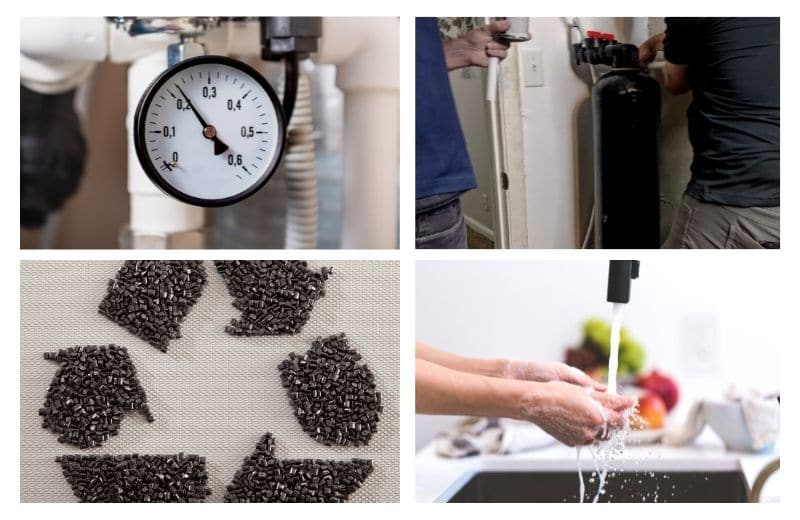
Backwashing Filter Cons
- Backwashing systems need electricity to operate
- Your filtered water flow may drop slightly as the system approaches a backwashing cycle
- You don’t have access to filtered water while the system is backwashing
- Some water is wasted during the backwash process
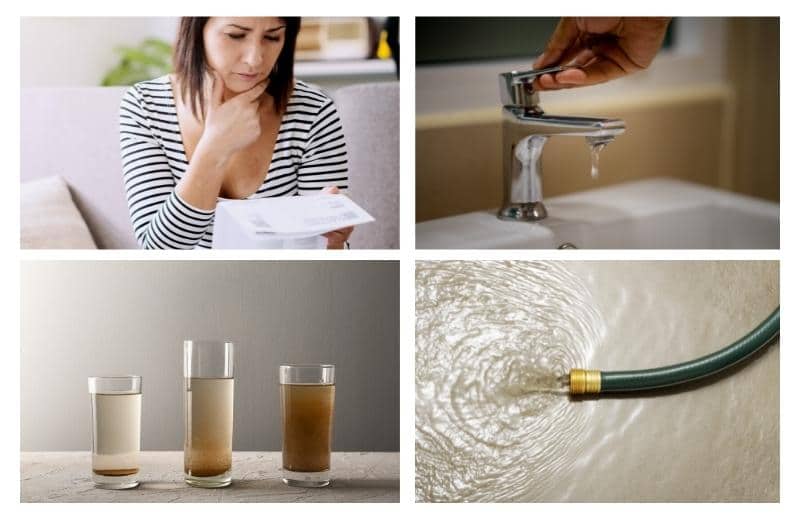
💬 Backwash Filter FAQs
How do you backwash a filter?
Most backwash filters use automated backwashing. This means the filters are smart, and schedule backwashing for when they calculate that they need to replenish their media. So, good news – you won’t need to do anything yourself to backwash a filter.
You should be able to program a manual backwash cycle on the system’s control valve for any reason – such as to flush the media after installing the filter or changing the media.
How can I find out whether the filter I’m interested in is a backwash filter?
The product description should clearly say whether the filter is the backwashing type. Whole home filtration systems that use one or two large tanks are typically backwash filters, while cartridge filters don’t backwash – you simply replace the entire cartridge when the filter is saturated with contaminants. Contact the manufacturer if you’re unsure whether their filtration system backwashes or not.
How do you know if a filter is backwashing?
While your filter is performing a backwash cycle, you’ll probably hear the sound of rushing water. Backwashing isn’t usually very loud, so you’ll need to be near to the system at the right time to hear this. The filter’s control head will usually read “backwashing” or “rinsing” to let you know that a backwash cycle is taking place.
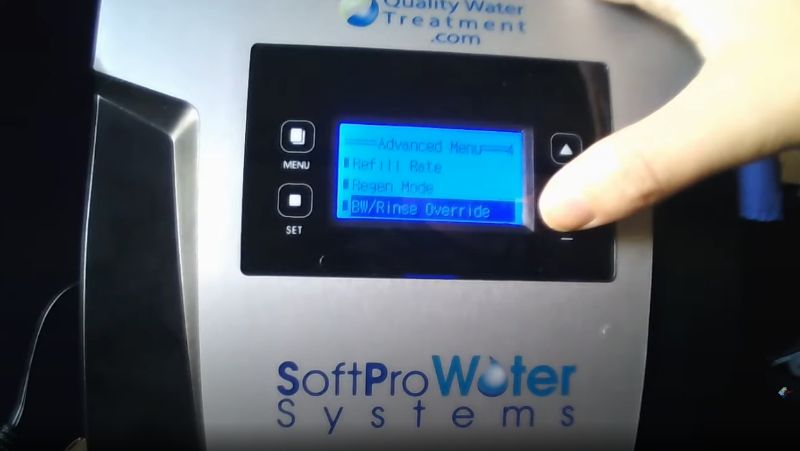
How long does filter backwashing take?
It depends on the type of system you own. Most water filter media only needs around 10 minutes to be replenished by backwashing. Read your user manual for more information about your specific product.
Do point of use filters backwash?
No. Only whole house, point of entry filters perform backwash cycles. A backwash filter needs a drain line, and there typically isn’t space for this type of system in a point of use location, such as underneath your kitchen sink or on your countertop.
Can you use a water filter while it’s backwashing?
No, but you can still use your water if you install a bypass valve in front of the unit. Activating the bypass valve will divert water around the system while the filter media is being flushed. This is usually an automatic process. So, you’ll still have access to your water while the filter tank backwashes, but your water will just be normal, unfiltered tap water.
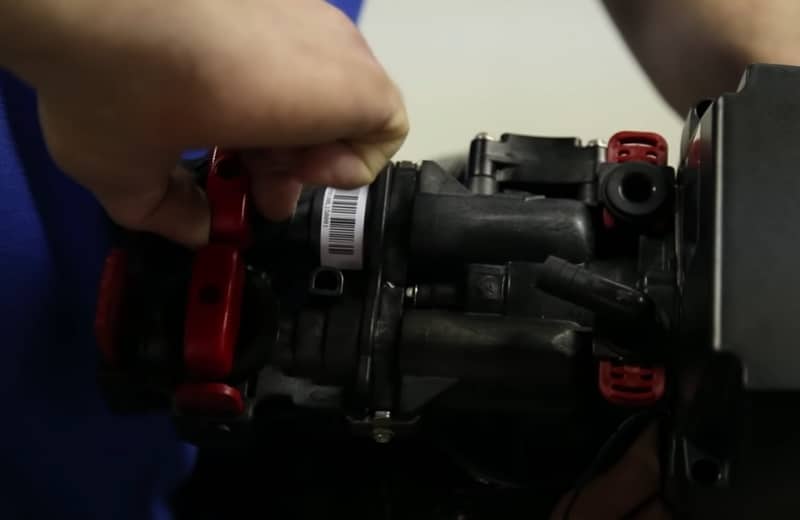
How do you know when whole house water filters need to backwash?
Your user manual should have information on how to correctly program backwashing on the electronic control valve based on your water usage, water quality, and other important factors.
If you’re still not sure whether your backwash water filter is backwashing too often or not enough, install pressure gauges on either side of the filter. If the pressure drops significantly after filtration, you know it’s time for the system to perform a backwash.
My water filter has stopped backwashing – what should I do?
If your filter isn’t backwashing, or it’s performing ineffective backwashing, check for several things: that it’s still plugged into a power supply, and that none of the internal components are blocked or broken. If you’ve owned the system for more than 5 years, ineffective backwashing is a sign that you may need to replace the media bed.
Many water treatment filters fail without proper backwashing, so it’s essential that you figure out the cause of the problem and resolve it as soon as possible to prevent low water pressure and potential recontamination of your water supply.


Hi
Thanks for the information in simple language. How much water is needed to wash the filters
kind regards
It depends on the specific product specs and configuration